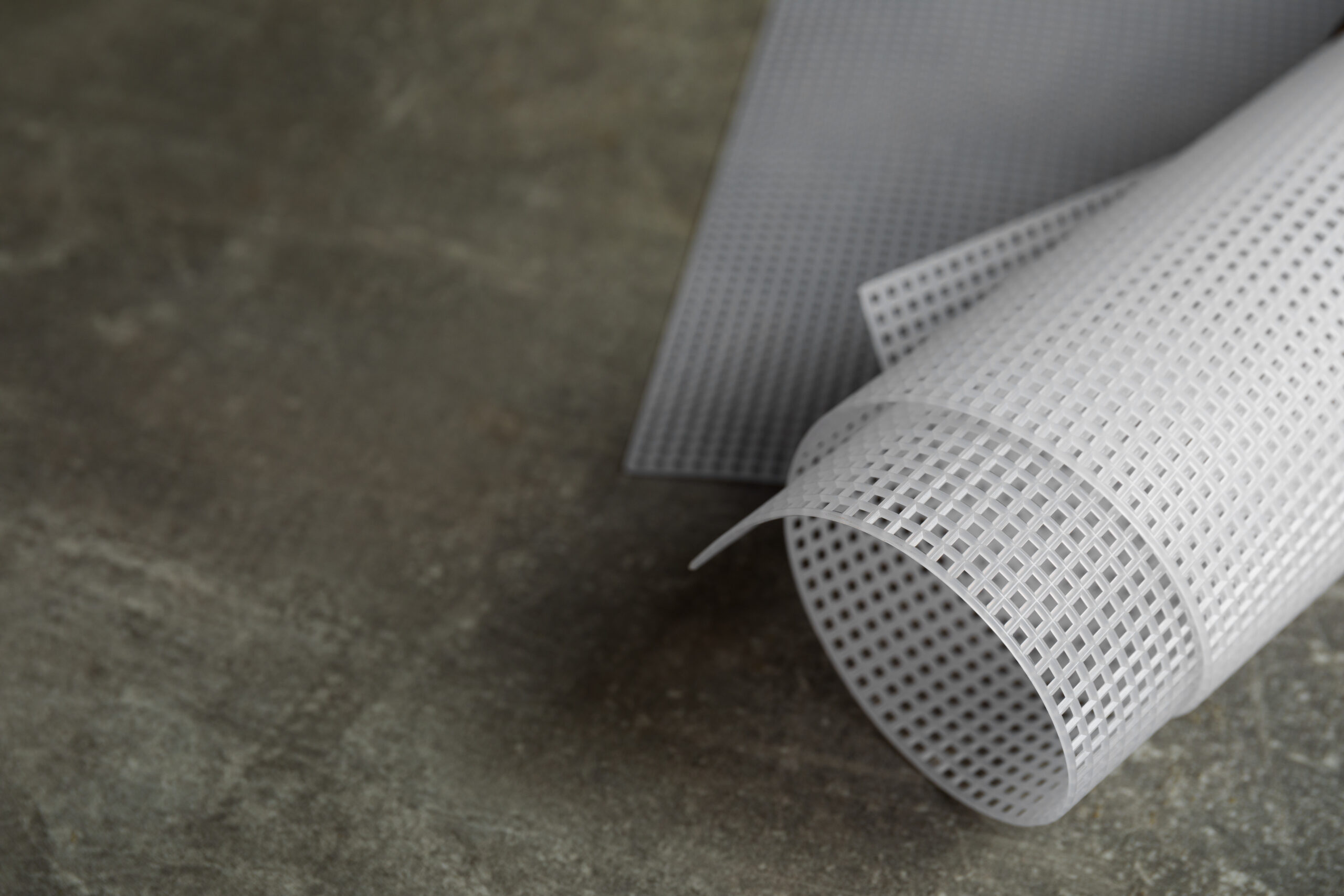Concrete is a sturdy and versatile building material, but it’s not naturally waterproof. Left unprotected, water can seep into concrete, causing cracks, leaks, and even structural damage. Here in the USA, with its diverse weather conditions, waterproofing your concrete can be crucial for protecting your property. This guide will equip you with the knowledge and steps to tackle basic concrete waterproofing projects yourself.
Understanding Waterproofing Options: Mixes vs. Sealers
Before diving in, let’s explore the two main approaches to waterproofing concrete:
- Waterproof Concrete Mixes: These specially formulated concrete mixes incorporate waterproofing admixtures during the initial concrete pour. This method is ideal for new construction projects or situations where the concrete is already exposed.
- Waterproof Concrete Sealers: These are liquid or topical applications that are applied to the existing concrete surface. They come in various forms like paints, membranes, and coatings. Sealers are suitable for waterproofing existing concrete walls, floors, or basements.
Here’s a quick comparison table to help you choose:
Feature |
Waterproof Concrete Mix |
Waterproof Concrete Sealer |
|---|---|---|
| Application | During initial concrete pour | Applied to existing concrete surface |
| Ideal for | New construction, exposed concrete | Existing concrete walls, floors, basements |
| Durability | Can last the lifetime of the concrete | Varies depending on the type and quality of sealer |
| Ease of Application | Requires professional mixing and pouring | Can be DIY-friendly for some types |
Note: For complex projects or if you’re unsure about your DIY skills, consulting a professional waterproofing contractor is always recommended.
DIY Waterproofing with Sealers: A Step-by-Step Guide
Ready to tackle a basic waterproofing project using a concrete sealer? Here’s a step-by-step guide:
1. Surface Preparation: This is crucial! The surface must be clean, free of dirt, debris, grease, and any existing coatings. Use a wire brush, scraper, or power washer for thorough cleaning. Allow the concrete to dry completely.
2. Crack Repair: Address any cracks or holes in the concrete using a suitable patching compound. Follow the manufacturer’s instructions for proper application and drying time.
3. Sealer Selection: Choose a high-quality concrete sealer suitable for your project’s needs. Some popular options include:
- Silane/Siloxane Sealers: Penetrating and long-lasting, ideal for exterior applications.
- Acrylic Sealers: Easy to apply and water-based, good for interior applications.
- Epoxy Sealer: Highly durable and water-resistant, ideal for high-moisture areas like basements.
4. Sealer Application: Follow the manufacturer’s instructions carefully for application methods and drying times. Generally, multiple coats are recommended for optimal results.
Pro Tip: Apply the sealer in thin coats and allow each coat to dry completely before applying the next.
Waterproof Concrete Mix Ratio (For Reference Only)
Remember: This section is for reference only and shouldn’t be used for a DIY project if you’re using a pre-mixed waterproof concrete solution.
For those curious about the mix ratio of a waterproof concrete mix, it typically involves adding a specific amount of waterproofing admixture to a standard concrete mix. The exact ratio will vary depending on the brand and desired level of waterproofing. Always refer to the manufacturer’s instructions for proper mixing ratios and application techniques.
Keeping Your Concrete Protected
By following these tips and choosing the right waterproofing method for your project, you can effectively protect your concrete from water damage and ensure its longevity. Remember, a little waterproofing goes a long way in safeguarding your property from costly repairs down the road.
Therefore…
Whether you’re a seasoned DIYer or entrusting the job to a professional
waterproofing your concrete is an investment in your property’s future. By understanding the available options, following the proper steps, and choosing high-quality materials, you can keep your concrete dry, protected, and looking its best for years to come.

